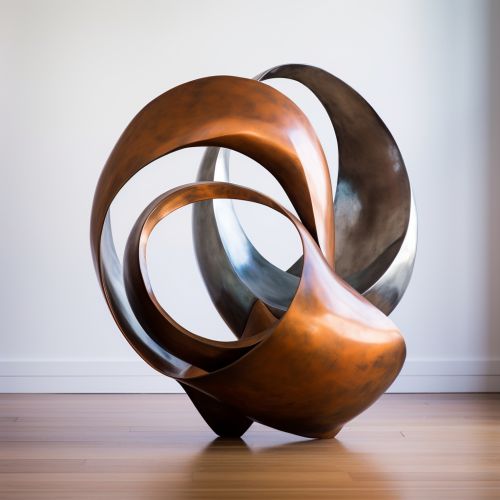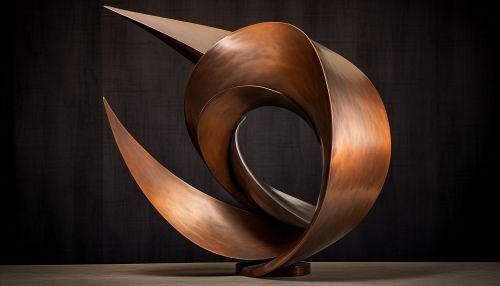Art
Origins and Early History
Art, in its broadest sense, is a form of communication. It means whatever the artist intends it to convey. It is a diverse range of human activities involving the creation of visual, auditory, or performed artifacts that express the author's imaginative, conceptual ideas, or technical skill, intended to be appreciated primarily for their beauty or emotional power. The history of art is a vast field of study, tracing back to prehistoric times.
The earliest human artifacts showing evidence of workmanship with an artistic purpose are the subject of some debate. It is clear that such workmanship existed by 40,000 years ago in the Upper Paleolithic era, where we see the first beginnings of sculptural art.
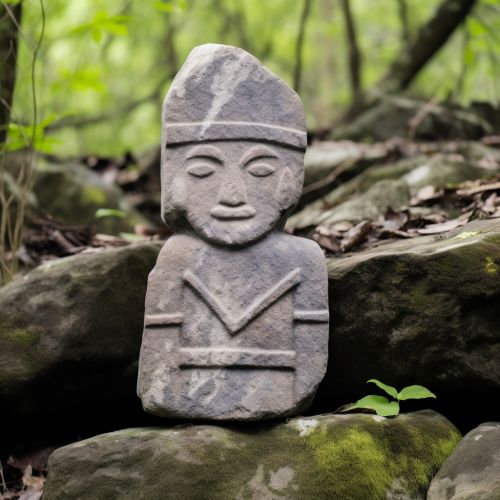
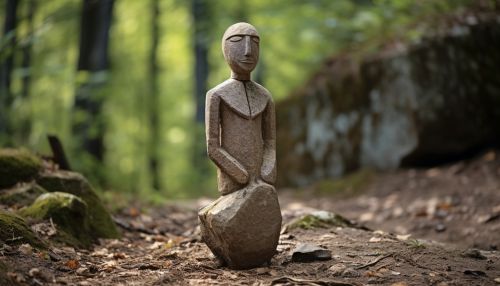
The Venus of Hohle Fels, discovered in a cave in Germany, dates back at least 35,000 years, and is the oldest undisputed example of a depiction of a human being. In Africa, sculptures and paintings found in the Apollo 11 Cave in Namibia are estimated to be 25,000 years old.
Cave paintings also date back to this period. The most famous examples are the paintings in the Caves of Altamira in Spain and Lascaux in France. These paintings, mostly of animals, show a high degree of skill and suggest a rich tradition of painting in prehistoric cultures.
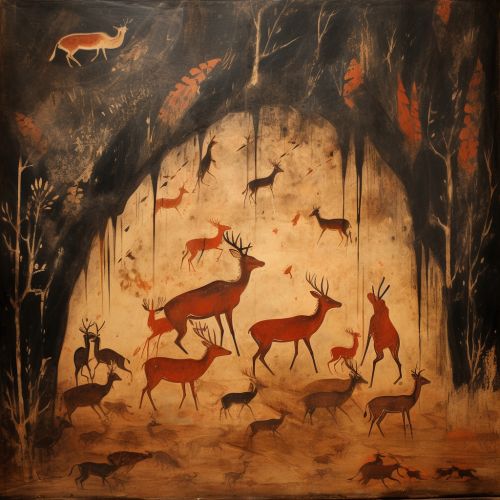
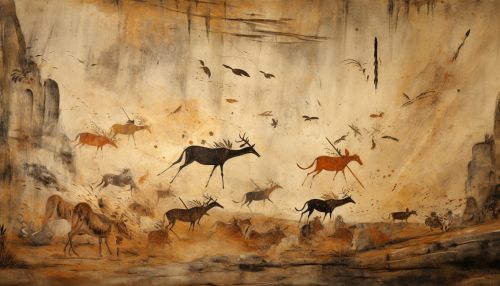
Classical Art
The classical period saw changes in the style and function of art. The western world's classical art began in ancient Greece, around 500 BC, with the beginning of the Classical period. Greek artists would reach a peak of artistic excellence which captured the human form in a way never before seen and which was much copied. Greek sculptors were particularly concerned with proportion, poise, and the idealised perfection of the human body, and their figures in stone and bronze have become some of the most recognisable pieces of art ever produced by any civilization.
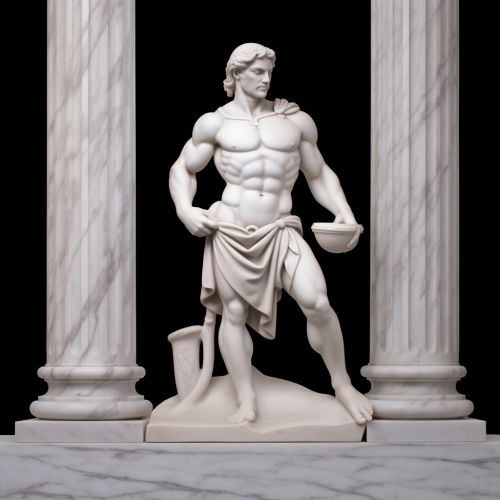

Renaissance Art
The Renaissance was a cultural movement that profoundly affected European intellectual life in the early modern period. Beginning in Italy, and spreading to the rest of Europe by the 16th century, its influence affected literature, philosophy, art, politics, science, religion, and other aspects of intellectual inquiry. Renaissance artists moved away from the constraints of Byzantine art, towards greater realism and the depiction of the human figure with accuracy and detail.
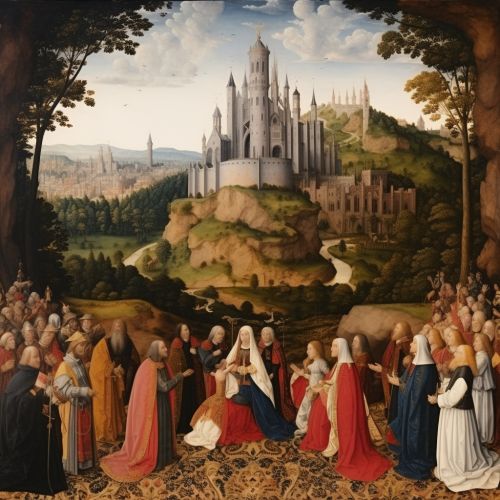
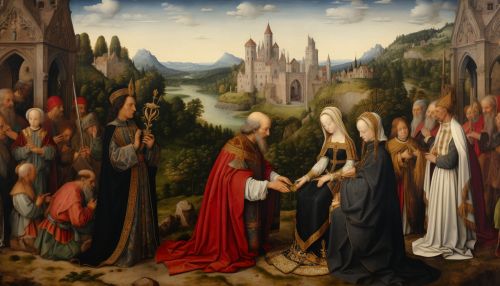
Modern Art
Modern art includes artistic work produced during the period extending roughly from the 1860s to the 1970s, and denotes the styles and philosophies of the art produced during that era. The term is usually associated with art in which the traditions of the past have been thrown aside in a spirit of experimentation. Modern artists experimented with new ways of seeing and with fresh ideas about the nature of materials and functions of art.

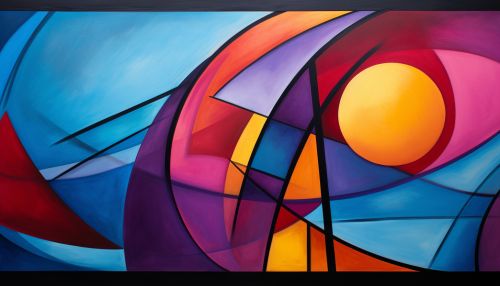
Contemporary Art
Contemporary art is the art of today, produced in the second half of the 20th century or in the 21st century. Contemporary artists work in a globally influenced, culturally diverse, and technologically advancing world. Their art is a dynamic combination of materials, methods, concepts, and subjects that continue the challenging of boundaries that was already well underway in the 20th century.
